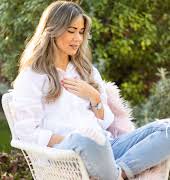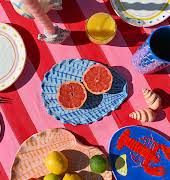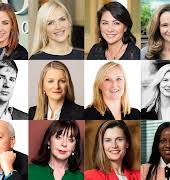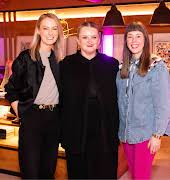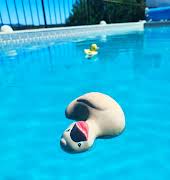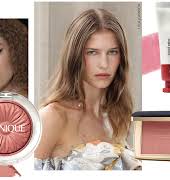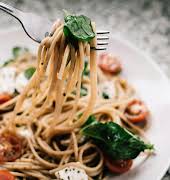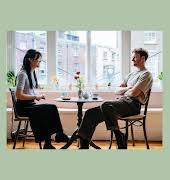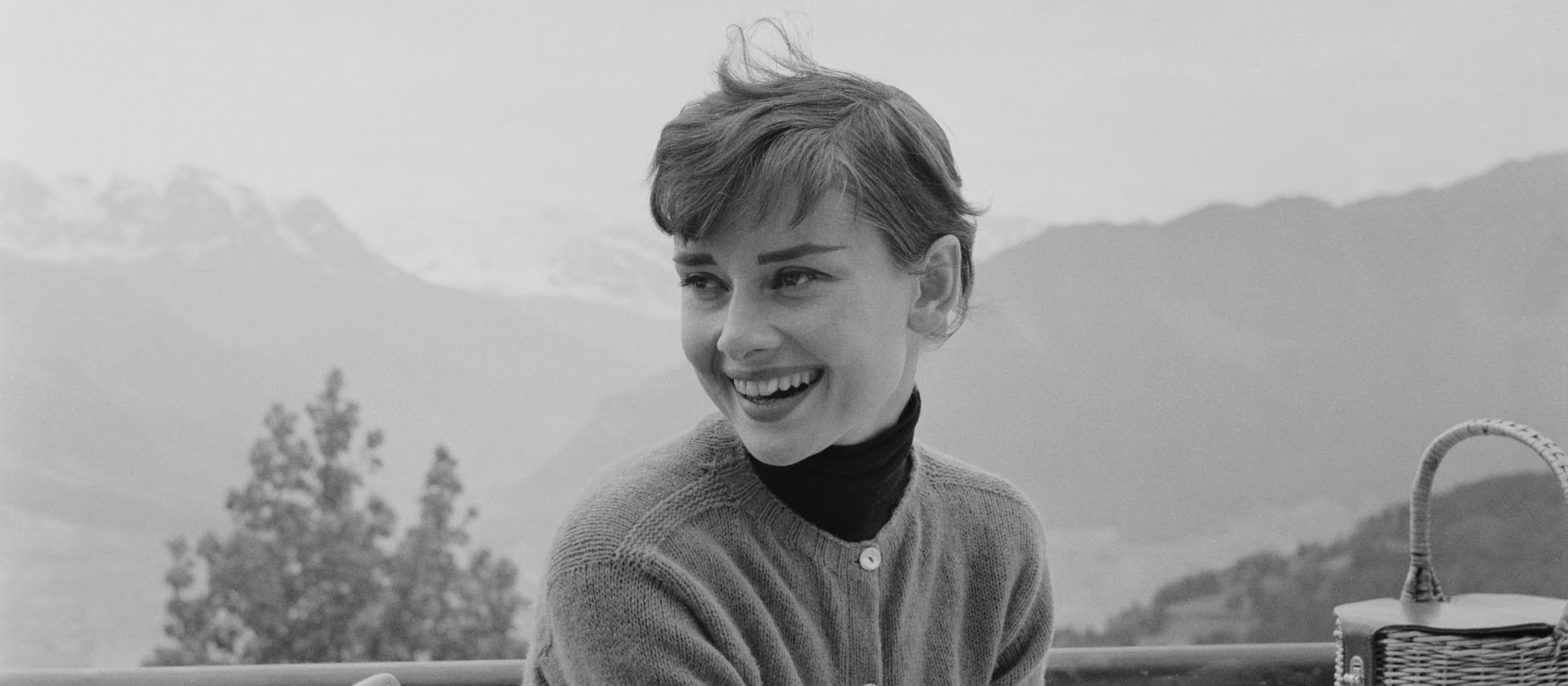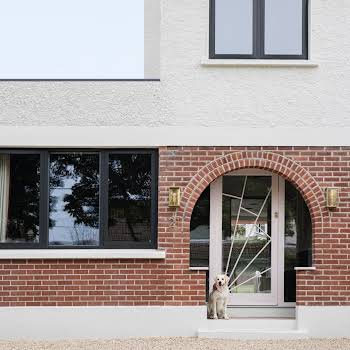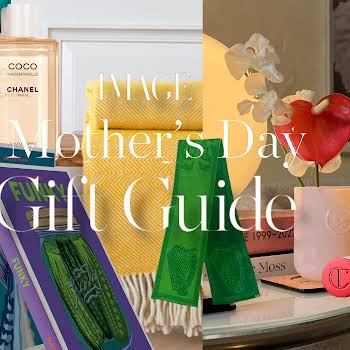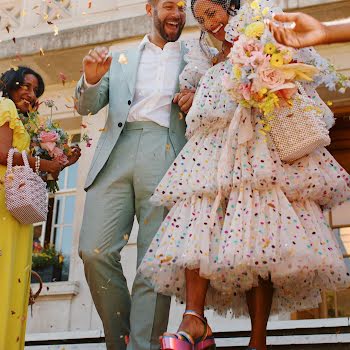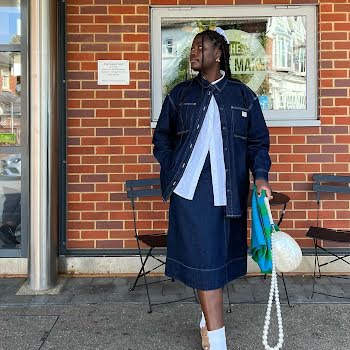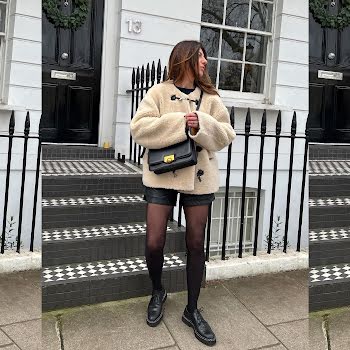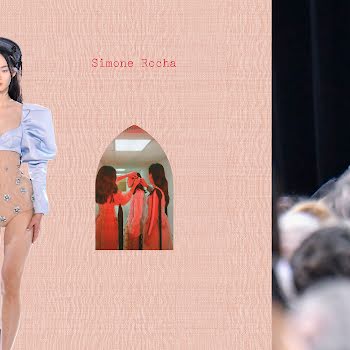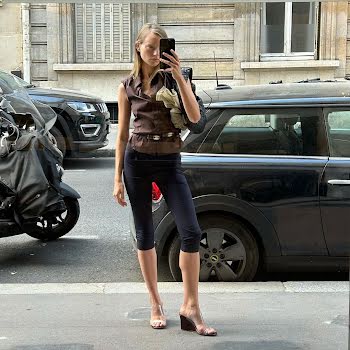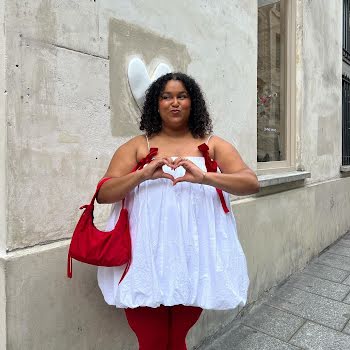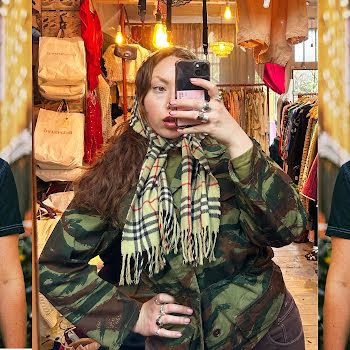Audrey in Ireland: The style and screen icon’s Irish connections
Audrey Hepburn once described herself as “half-Irish, half-Dutch, and I was born in Belgium. If I was a dog, I'd be in a hell of a mess!” And yet, there is still little known about the style and screen icon’s childhood and Irish connections.
Three decades after her passing in 1993, Audrey Hepburn’s place in the highest echelons of pop culture is assured. Apple TV+’s biopic on her life starring Rooney Mara and directed by Call Me By Your Name’s Luca Guadagnino is set for release in 2024 and her distinctive look remains instantly recognisable – the little black dress, the cigarette pants, the black polo neck, the tiny frame and ballet dancer poise.
Her lifelong collaboration with designer Hubert Givenchy would lay the groundwork for the kind of modern celebrity-designer partnerships, though none could ever reach the same heights. The designer’s muse, Hepburn also played a large part in the design process, beginning with the Haute Couture dress she wore for Sabrina that, despite her delicate build, made her look statuesque and elegant, fragile but powerful. The famous black dress for Breakfast at Tiffany’s, a look still most associated with her today, saw her involved in every detail of its design – the dress pared back until it was just right for that memorable opening scene.
She was credited with showcasing a look that did not exist up to then and her style became bound up with the iconography that built up around her. Of her relationship with Givenchy she said, “We are very much alike. We are both sensitive. We love the same things … There’s a wonderful French word, ‘Dépouillé’, which means ‘without ornament’ – everything stripped away … There’s a purity about his clothes but also always a sense of humour.”
However, while her sophisticated fashion taste would enhance her influence on popular culture, it was her empathy and fragility onscreen that cemented her status as a star; a vulnerability that she readily admitted came from her own difficult childhood and informed her later life as a Unicef ambassador. She once described herself: “’I’m half-Irish, half-Dutch, and I was born in Belgium. If I was a dog, I’d be in a hell of a mess!”
Born to Joseph Ruston (he later changed it to Hepburn-Ruston, believing he had links to Scottish aristocracy) who was a diplomat and her mother, a Baroness of the Dutch nobility, she had a difficult childhood, beginning with her father’s abandonment of the family when she was six. Audrey described his sudden departure as the greatest blow of her life and this fear of abandonment would inform relationships for the rest of her life.
Despite her parent’s support of Nazi Germany, Audrey was sent from her English boarding school to Holland, the place of her mother’s birth, at the outbreak of the war in 1939. Believing it would be safer, her father waved her off on the last flight out of England. She would not see him again for another 25 years.
She, like so many others, endured five years of immense hardship in Nazi-occupied Holland, the last country to be liberated. Her Dutch uncles were shot in retaliation for an act of the Resistance and she saw the horrors of the war at close quarters. Her mother, abandoning her Fascist leanings, now acted for the Dutch Resistance and as a child, Audrey carried notes in the soles of her shoes and took part in ballet performances in support of them.
In the final harsh winter of the war, the Nazis attempted to starve the Dutch. She recalled surviving on tulip bulbs and staying days in bed fully clothed to try to keep warm. It was this deprivation and severe malnourishment that resulted in her slender frame. When Holland was finally liberated and the Allied forces arrived, she recalled being given a bar of chocolate as “all the empty buildings being filled with food and clothing and medication”. This was her first experience of the power of aid and of Unicef – the organisation that would become so important to her in later life – and she to it.
A passionate dancer, her malnourishment and lack of training meant that a professional career in ballet was not possible and she was discovered on a small stage in the French Riviera by the writer Colette who put her in the title role of Gigi on Broadway. Her celebrated performance led to her breakthrough role in Roman Holiday for which she won an Oscar. Sabrina, Funny Face, Love in the Afternoon and Breakfast at Tiffany’s followed, bringing her emotional depth and empathy to each one, endearing audiences to her the world over.
Despite her unprecedented success, the absence of her father remained a wrench. In 1964, her first husband Mel Ferrer tracked Ruston down through the Red Cross. He was by now living in Dublin where he had relocated after the war following his internment on the Isle of Man. He had met and married Irish model Fidmelma Walshe and was living in Ballsbridge. He is reported to have moved in rarefied circles – was a friend of Lord Alfred Beit of Russborough House and of the Guinnesses too.

The two exchanged letters and she travelled to Dublin to see him. RTÉ reported on her arrival at Dublin Airport and she was finally reunited with her father at The Shelbourne Hotel but it was not the occasion she had hoped for. He was cold and distant and it was another emotional blow. According to her son Sean Ferrer, however, she realised very quickly that he could never have been the type of father she would have wished for. And perhaps there was a liberation in that. She never asked him for answers, made the gracious decision to forgive him and supported him financially until the end of his life. In 1989, she told Parade that financially supporting him “helped me to lay the ghost… I went on suffering as long as I didn’t see him.”
They met again at her home in Switzerland and while it seemed he could never tell her, he did tell others of his pride in her. He remained in Ireland until his death in 1980 and is buried in Mount Jerome cemetery. Fearing a media frenzy, she did not return to Dublin for his funeral – by this point, she had long endured the intrusion of the mercenary European paparazzi – most especially during her largely unhappy second marriage to the philandering Andrea Dotti. She would return to Dublin one more time in 1988, appearing on The Late Late Show with Gay Byrne to promote her role as a Goodwill Ambassador for Unicef.
In her later years, it was this work that defined her life almost as much as her film career. She was passionate about the rights of children. Her apparent fragility belied a steeliness that came to the fore in her condemnation of what she had experienced as a child and now saw first-hand in this role. She spoke about being “filled with a rage at ourselves” and travelled to more than ten countries a year attempting to shine a light on the forgotten: Bangladesh, Somalia, the former Yugoslavia. She talked about a collective responsibility and pleaded for action.
Her impact was immense – Unicef reported donations of over a million dollars from any of her many appearances. But it was not just financial; she had political power too in using her voice to apply pressure and urged others to do the same. It was always personal and just as she had done in her film career she drew on her own experiences. She described herself as a witness for the children and their needs.
In many ways her life had come full circle – the trauma she suffered as a child informed the compassion and drive she now showed to great effect. In her later years she had finally found the love she had craved so much and in the words of her son knew she was truly loved. She died at her home in Switzerland in January 1993 after a short illness at the age of 63. In the years since, the public’s fascination with her life, her style, her work remains undimmed.
This article originally appeared in the winter 2023 issue of IMAGE Magazine.
Have you thought about becoming an IMAGE subscriber? Our Print & Digital subscribers receive all four issues of IMAGE Magazine and two issues of IMAGE Interiors directly to their door along with access to all premium content on IMAGE.ie and a gorgeous welcome gift worth €60 from The Handmade Soap Company. Visit here to find out more about our IMAGE subscription packages.


